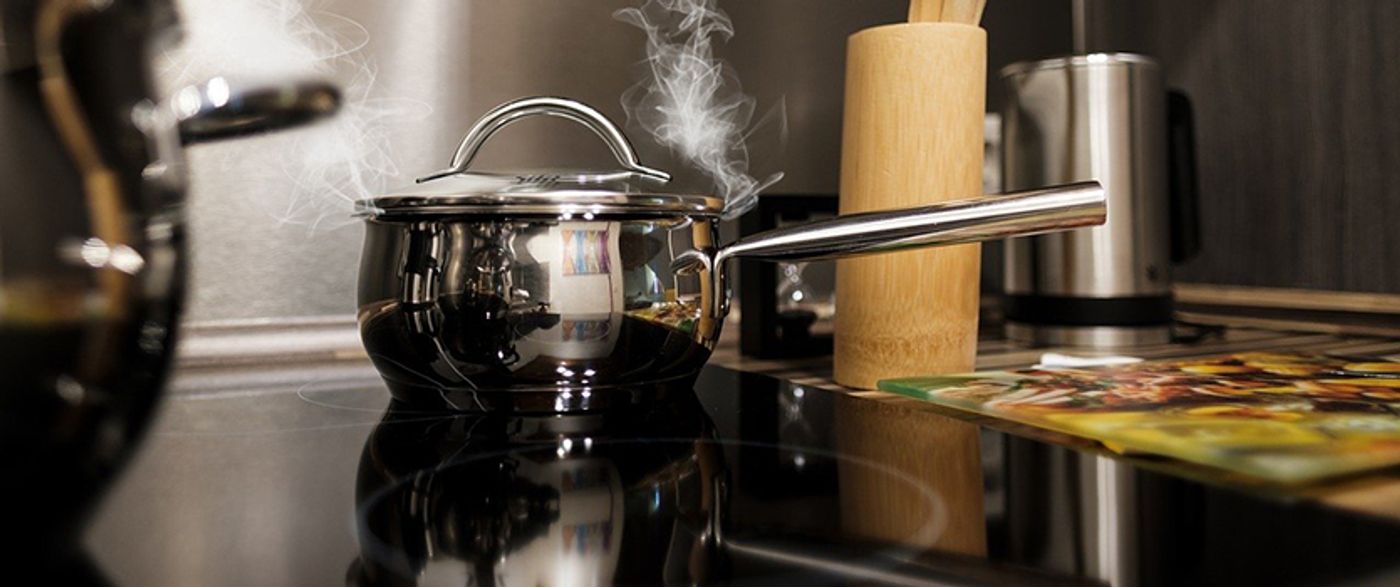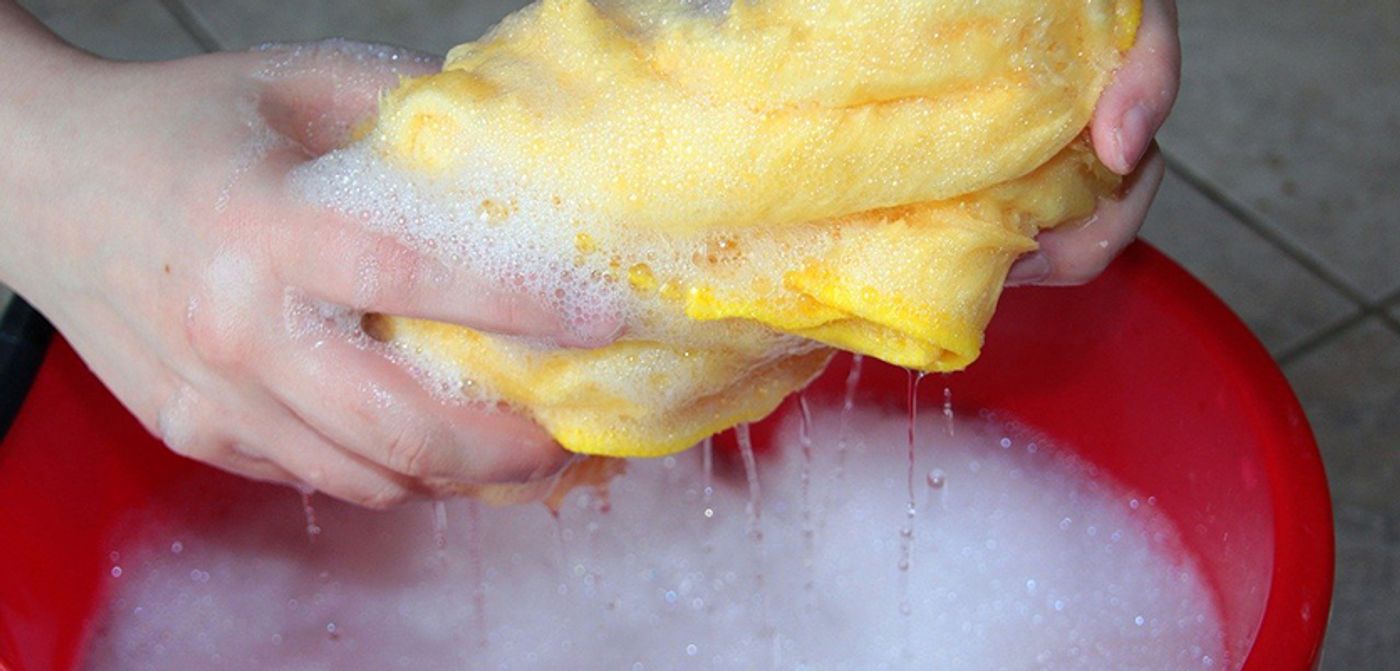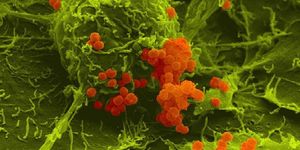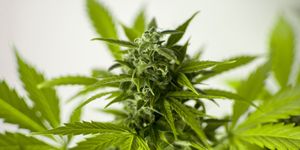COVID-19 Lockdown Leads to Decreases in Outdoor Air Pollution, but Increases in Indoor Air Pollution
With most of North America sheltering in place to prevent the further spread of COVID-19, it’s not surprising that there have been some improvements in outdoor air quality. According to an article from NASA Climate Change, there have been significant reductions in outdoor air pollution over several major metropolitan areas of the United States.
In early April, NASA reported a 30% drop in air pollution over the Northeast United States. In mid-May, NASA reported a 31% decrease in nitrogen dioxide over the Los Angeles basin in California. As restrictions continue to lift and life returns to normal, more reports of change in pollution levels are expected to emerge.
NASA reports that nitrogen dioxide, primarily emitted from burning fossil fuels, is a reliable indicator of changes in human activity. According to NASA, nitrogen dioxide is emitted from tailpipes while driving and smokestacks from electricity generation. NASA also reports that Sulfur dioxide is another pollutant that can indicate changes in anthropogenic activities, such as electricity generation, oil and gas extraction, and metal smelting.
However, Scientific American reports that because people are spending more time at home, they may be exposed to increased levels of air pollutants indoors. According to Scientific American, increasing cooking at home and the frequency of cleaning product-use can contaminate indoor air. The article reports that a study from earlier this year revealed that certain cooking methods, such as roasting vegetables in a gas oven, may generate an “extraordinarily high level” of fine particulate matter indoors. Additionally, gas stoves emit more particulate matter than electric, although electric stoves do produce particles as well.
Besides particulate matter and potentially toxic gases released by stoves, cleaning products are additional household hazards to consider during lockdown. Scientific American states that cleaning with bleach is a significant concern. By mixing bleach and water, hypochlorous acid is produced and can react with dirt and debris. Additionally, hypochlorous acid can react with other airborne particles and create toxins.
The article from Scientific American conveys that the health consequences of increased indoor pollution during lockdown are not well understood. However, the article also states that recent studies suggest that there is “no safe level of fine particulate matter and that even short-term exposures can reduce lung function and raise the risk of a heart attack.”
Sources: NASA Visualization Studio, NASA, Scientific American
-
MAY 07, 2024Is It Anti-RNP or Anti-Sm/RNP?
- See More
-
APR 30, 2024Immuno-Oncology Virtual Event Series 2024
-
MAY 07, 20243rd International Biosecurity Virtual Symposium
-
MAY 23, 2024For the Love of Digital PCR 2024
- See More



















































